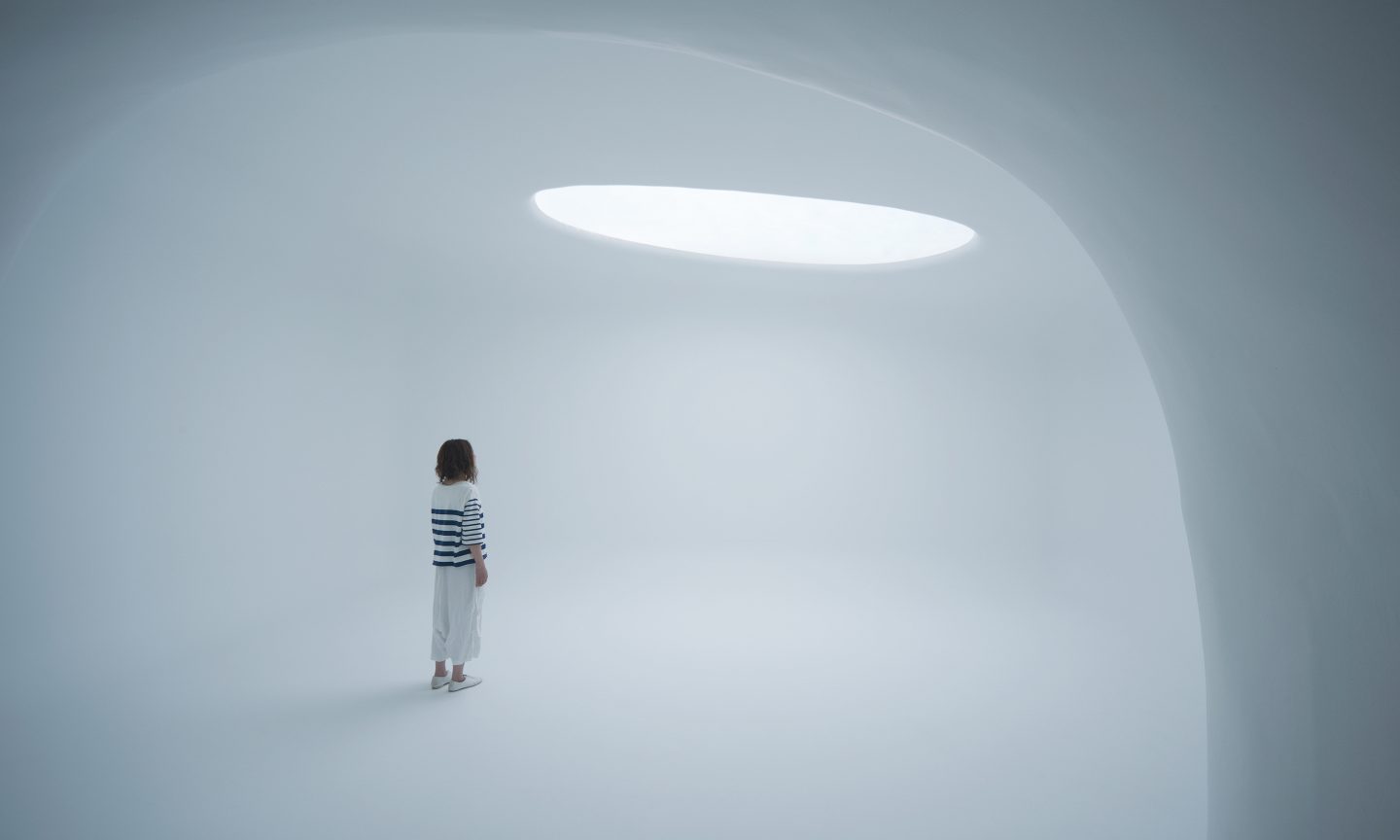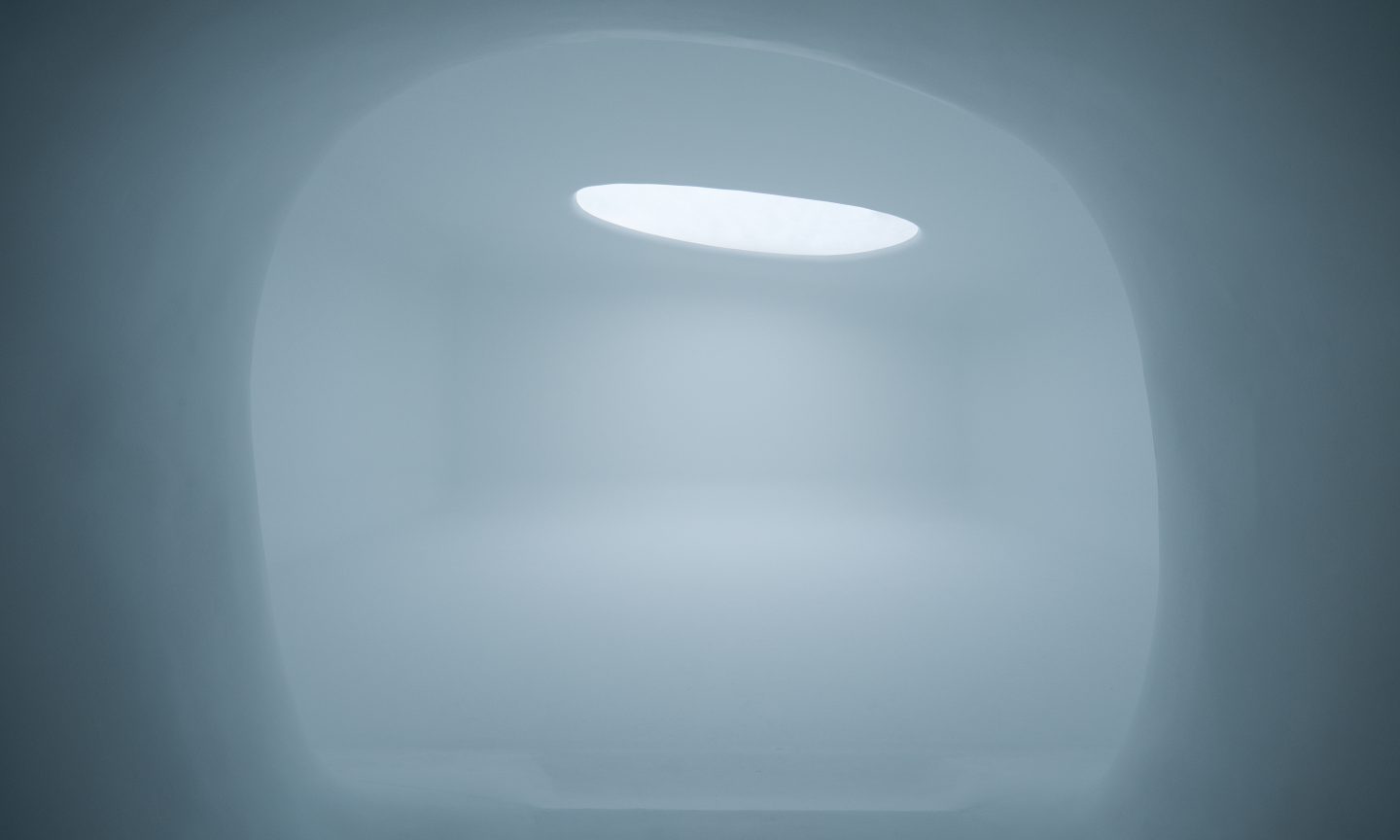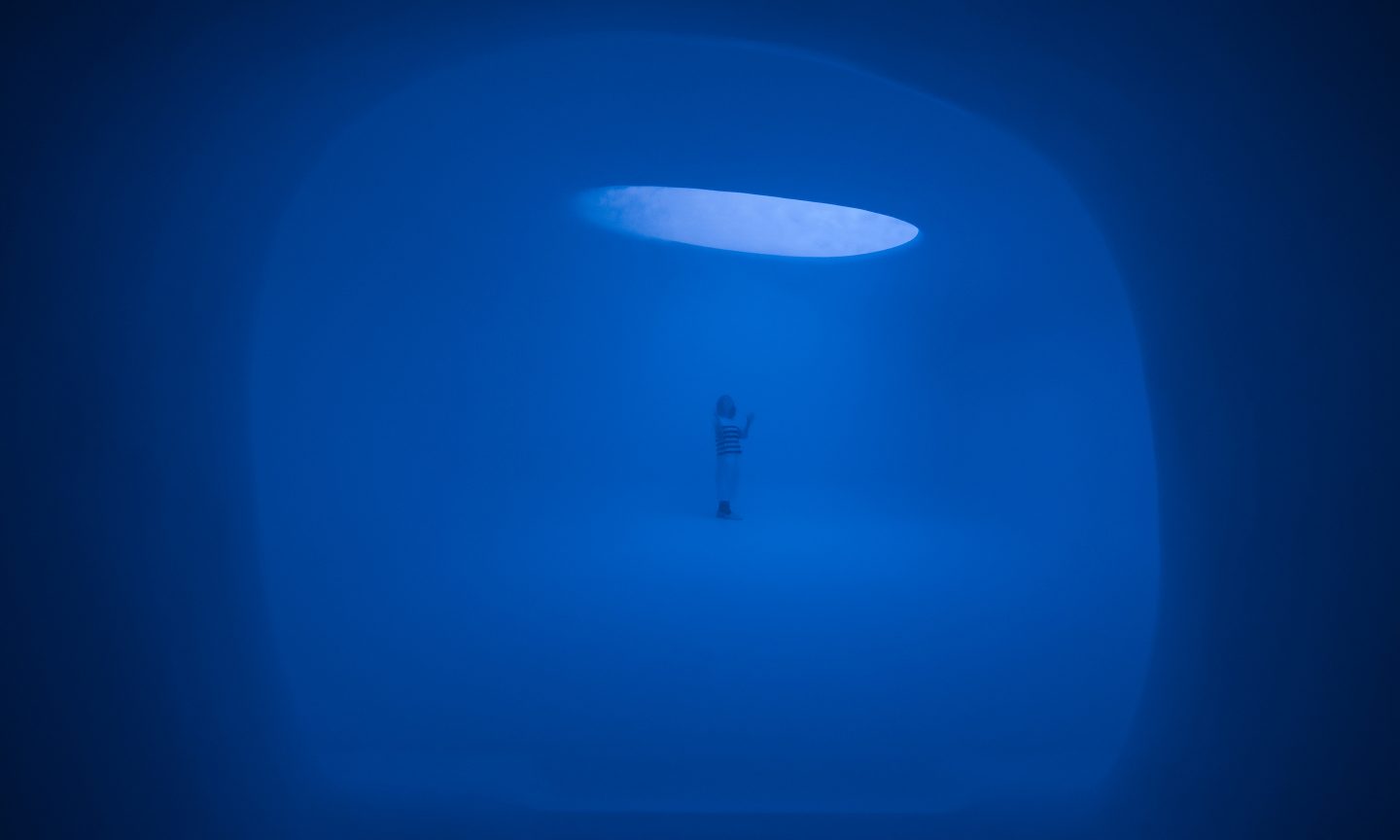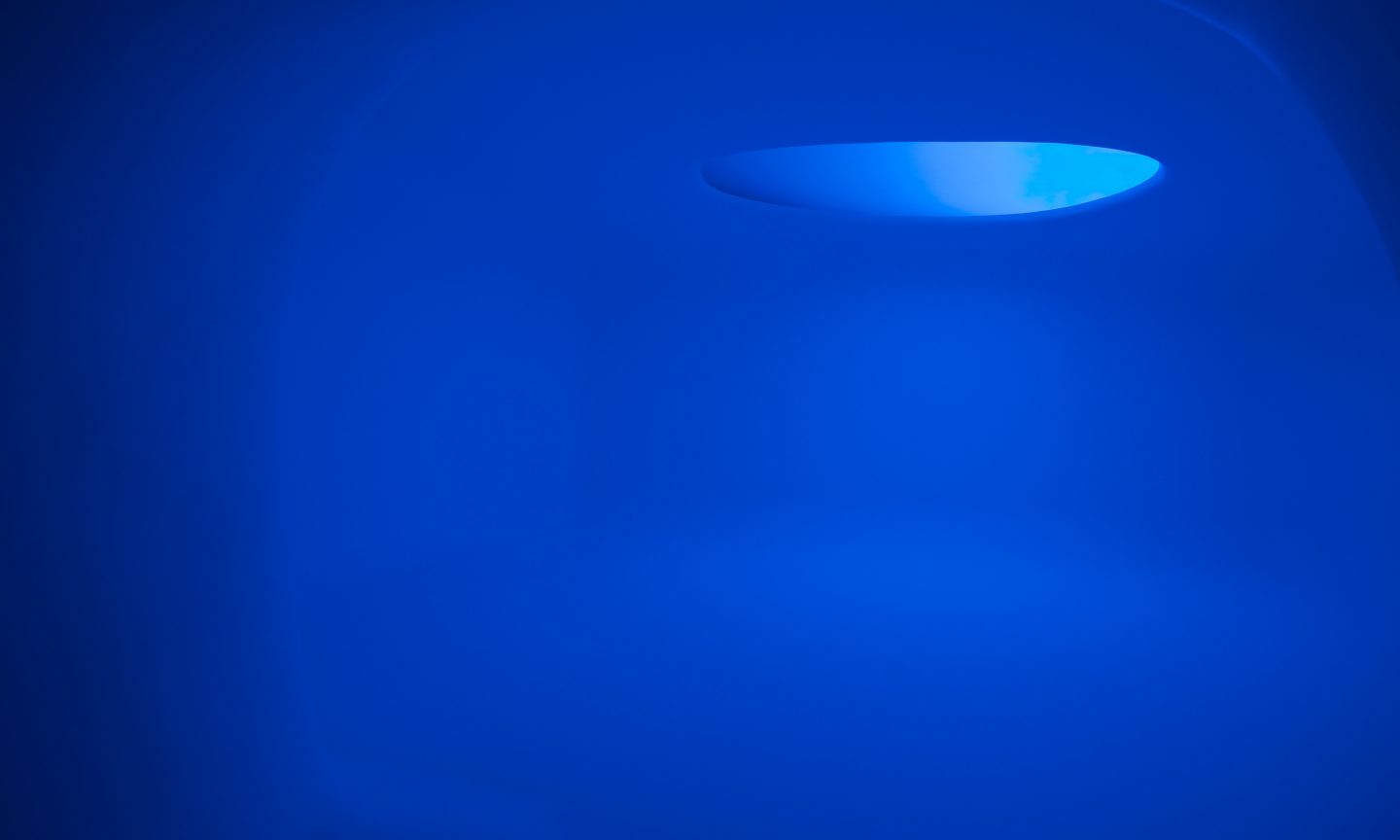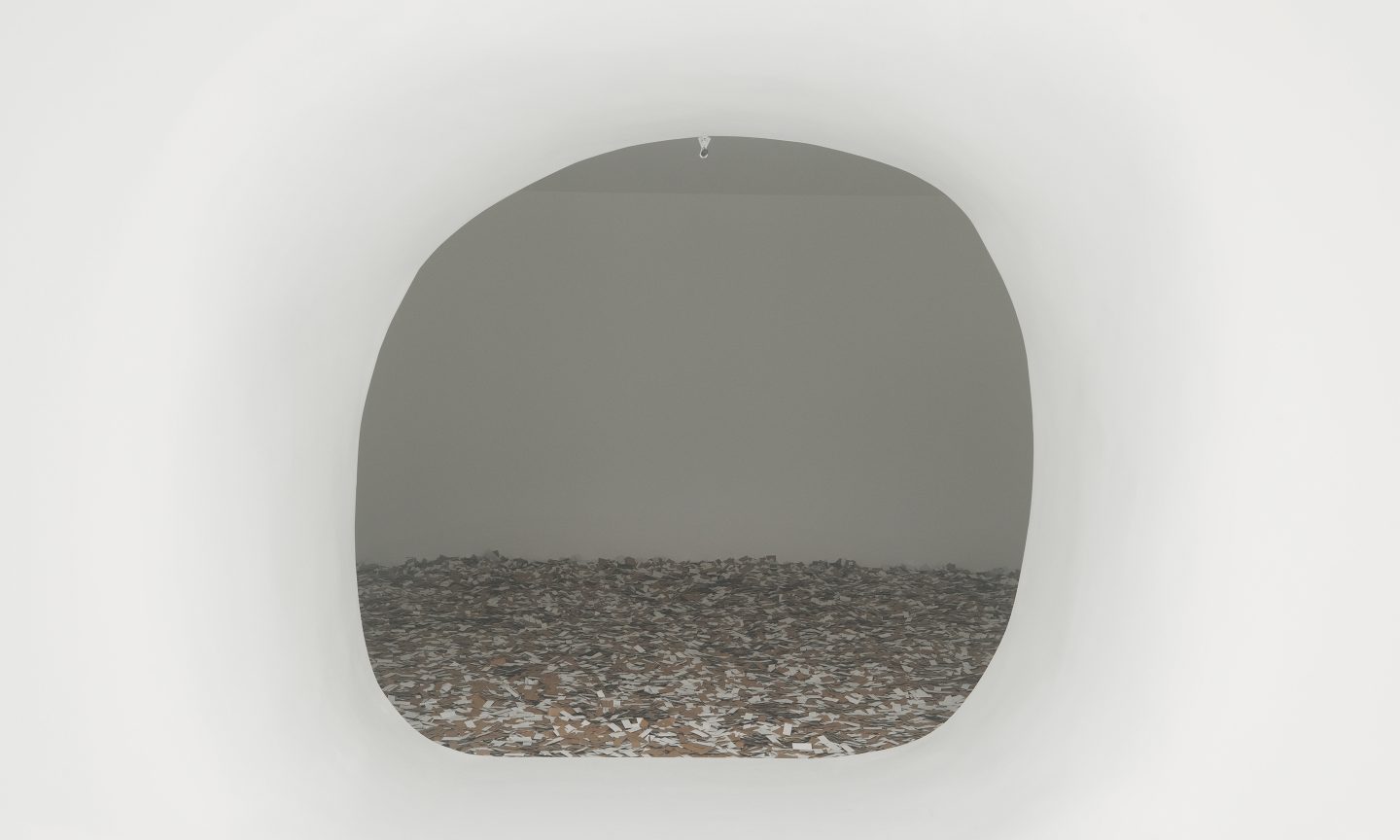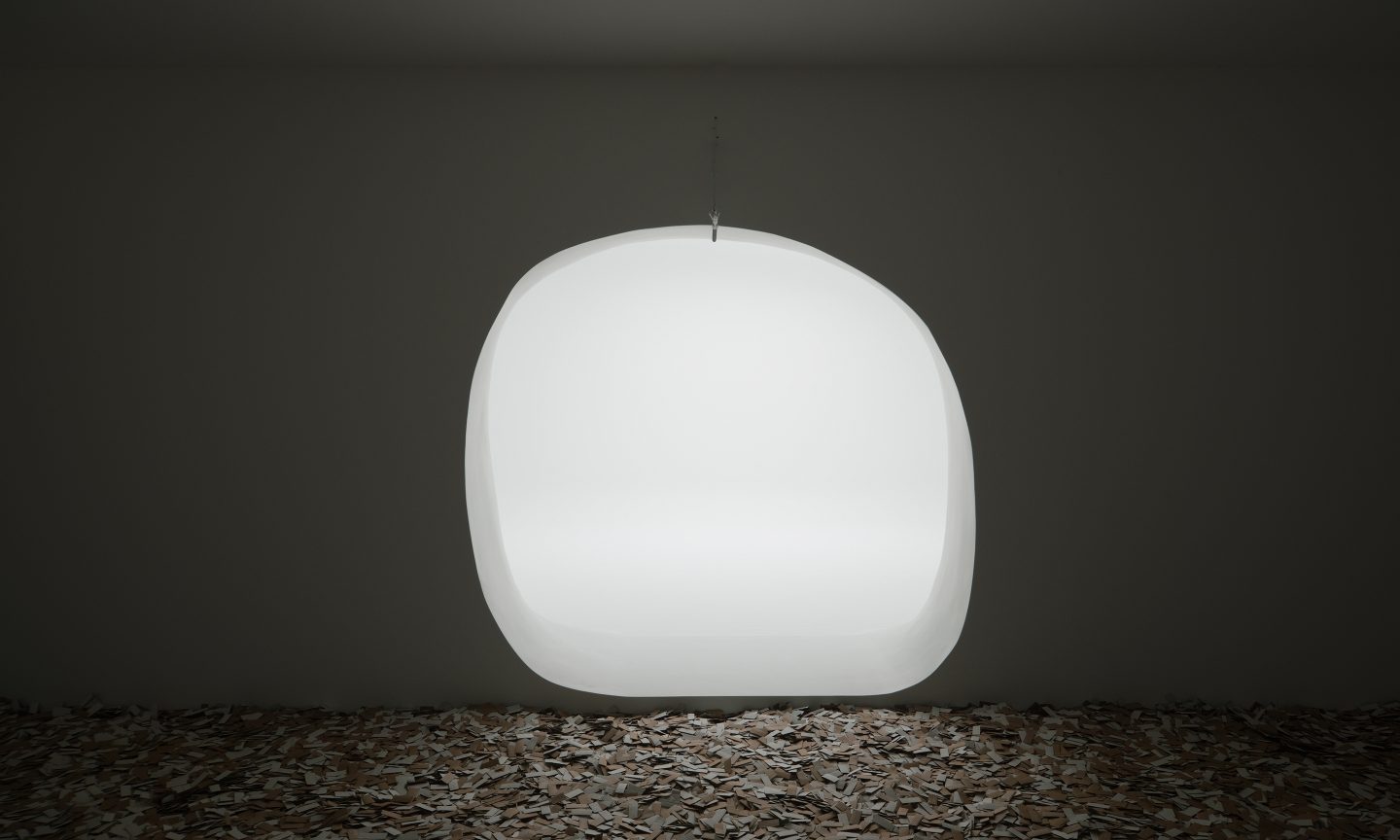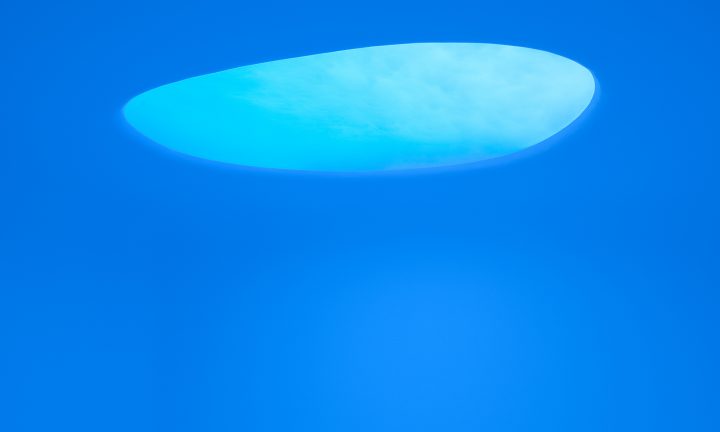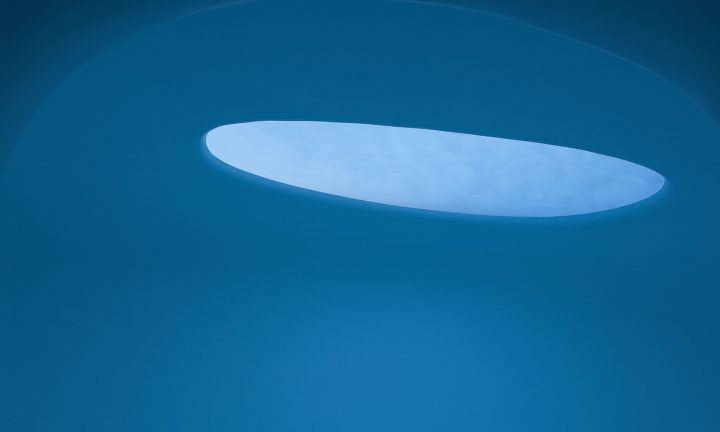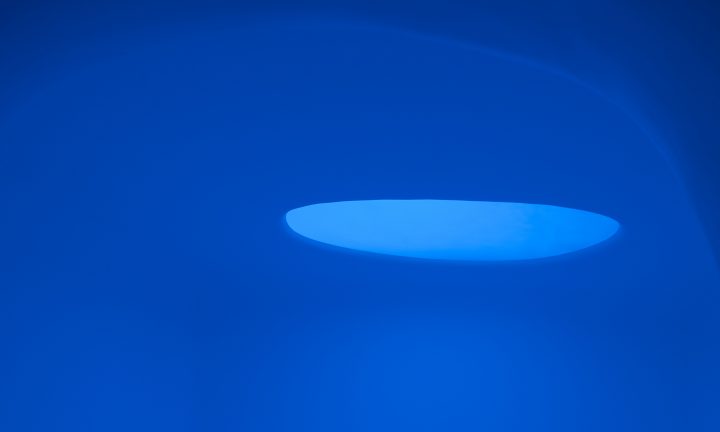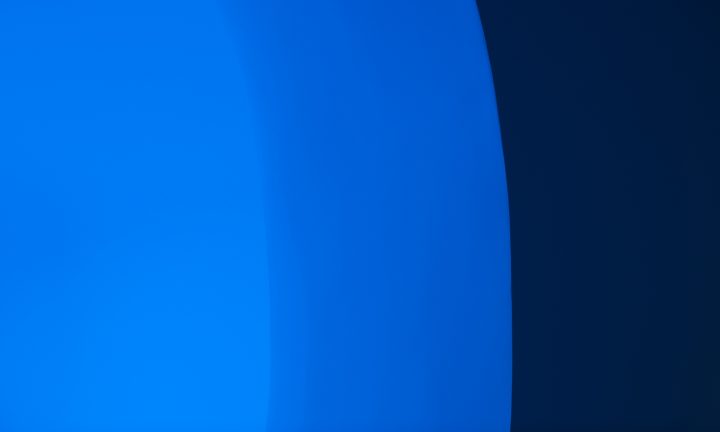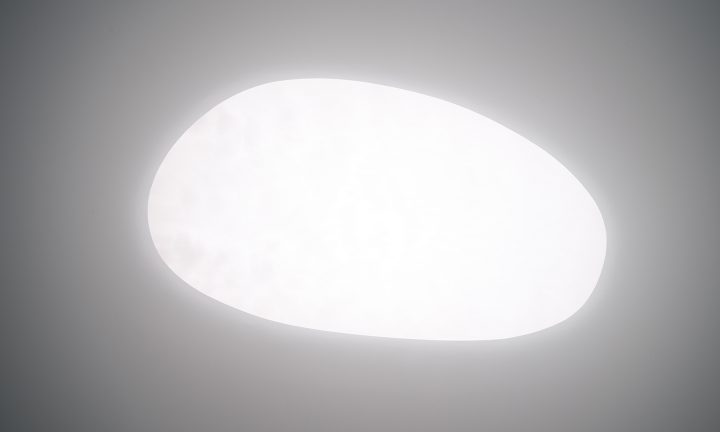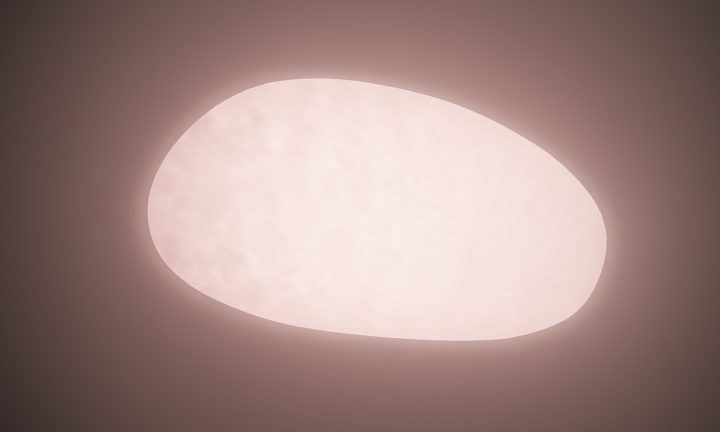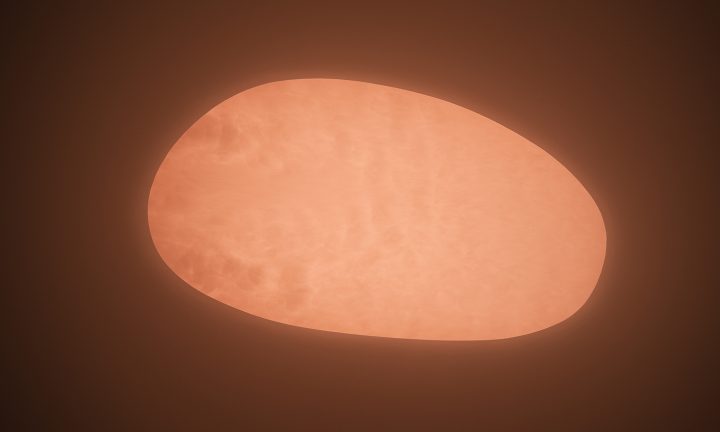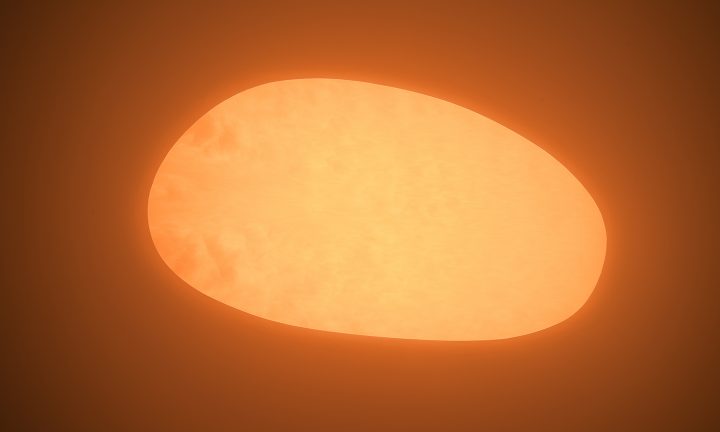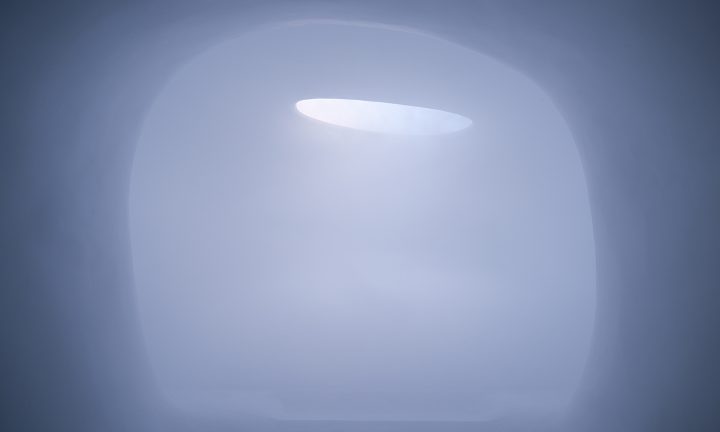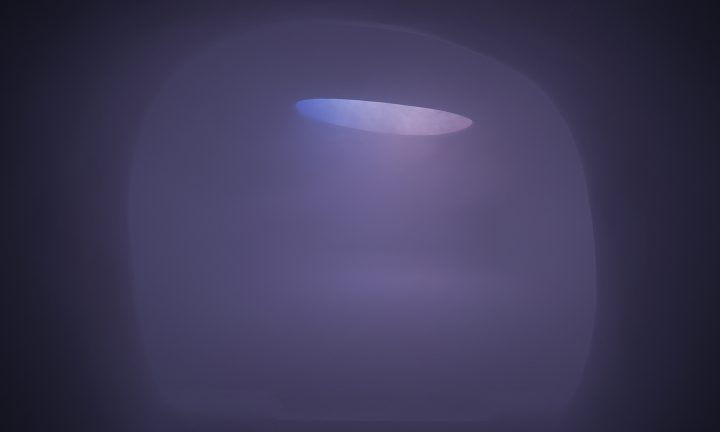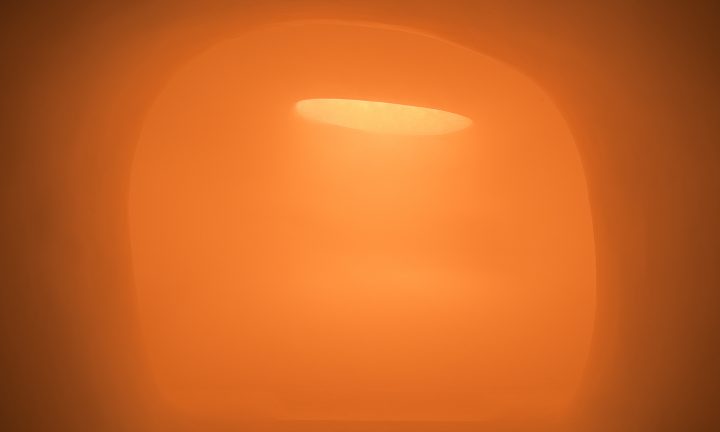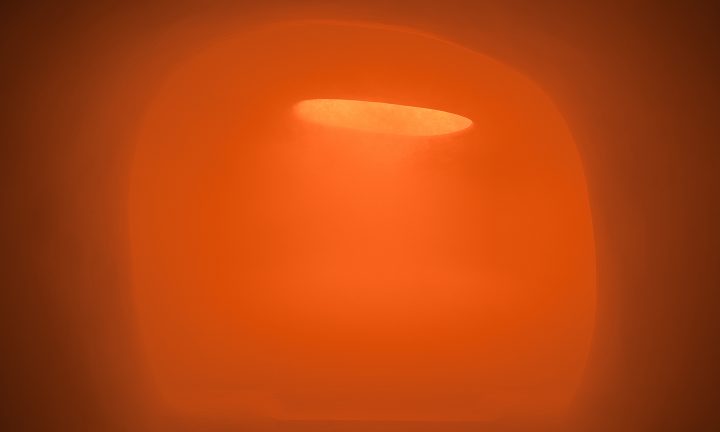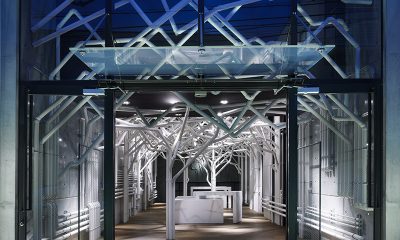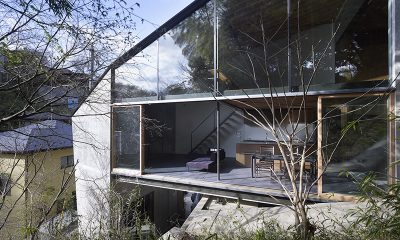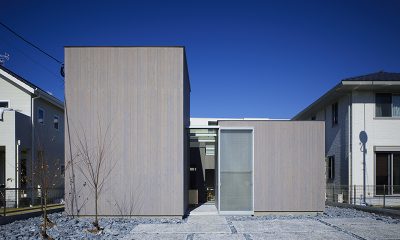Convey lights feeling within the space
Lucèste is a site installation built for the Salone del Mobile in Milan, underwritten by Japan’s prominent electronics company, Toshiba, involving thematic use of their LED technology.
What, precisely, are we talking about when we discuss light? At the time this installation was devised, LED technology was said to produce light regarded as artificial, compared to that of older incandescent technology. The challenge was to present light, using the new technology, that mirrored the attributes of endless, omnipresent natural light. In short, to what extent could we synthesize nature?
The idea would not be to describe light, but to convey its feeling within the space, making its substance understood in contrast with its absence. This required the creation of a space that was out of the ordinary, abstract, contrary to the everyday experience through which we know light. We would design a space that was difficult to comprehend, that lacked even audible cues that would allow visitors to locate themselves, and in doing this we’d create a subtly-changing atmosphere in which light would continuously reaffirm the abundant beauty it possesses. The space, we hoped, would connect with every individual’s primordial memory of light and, in some innate way, with light’s origins.
The venue for the exhibition was in Milan’s Zona Tortona district, a part of town that presents an obdurate face, with buildings made of stone, along roads paved with them. To force a reset in the visitors’ consciousness, we brought them from that environment directly into a room that was darkened, peaceful, and where the floors were of a material that felt soft beneath the foot. Beyond that was a room where they would observe light that we brought as close to possessing the qualities of nature as possible. We created a space for the visitor to peer into a port that appeared suffused in this light; a fog-like vault, where we eliminated all ordinary signposts of architecture. Where the perception of depth became unclear, and the provenance of light and shadows uncertain. The cutting-edge LED lighting system we were given to work with was, at that time, Toshiba’s most advanced. There would be no program, no direction, no music. Instead, we designed a mechanism for generating sound waves to be projected upon the walls, so that the walls themselves acted like the diaphragms of speakers, amplifying and returning the sound of visitors’ footsteps and speech. Eliminating any hint of showy production, we chose to leave the visitor alone with the most basic elements of light and sound, in the hope that this meditation would extend a message directly into the imagination, offering a unique experience that suggested the possibilities of the future.
The highest aspiration of technology is to create nature. As in all our work, we’re exploring here the potential of what lies in that place between the natural and made worlds.
